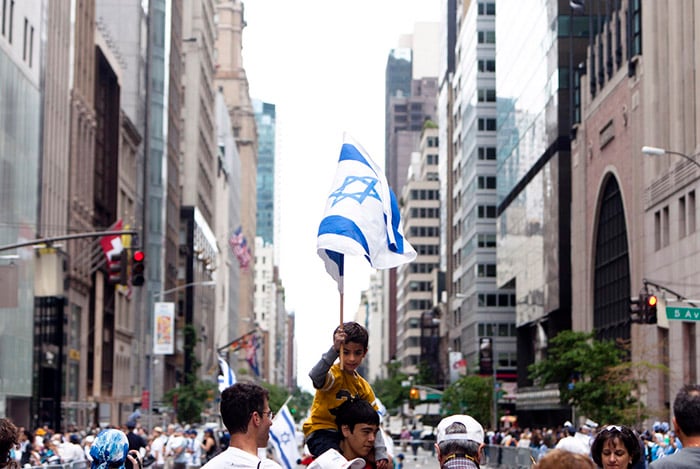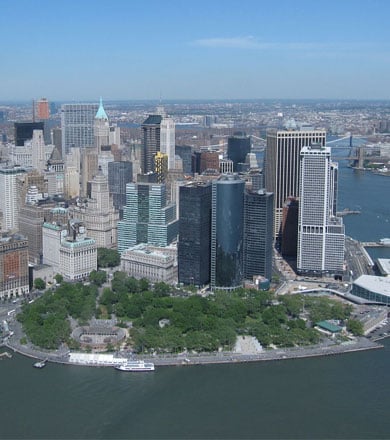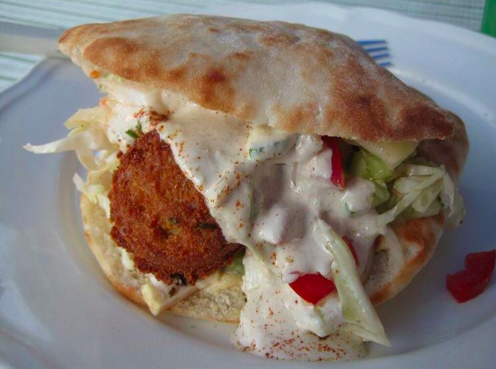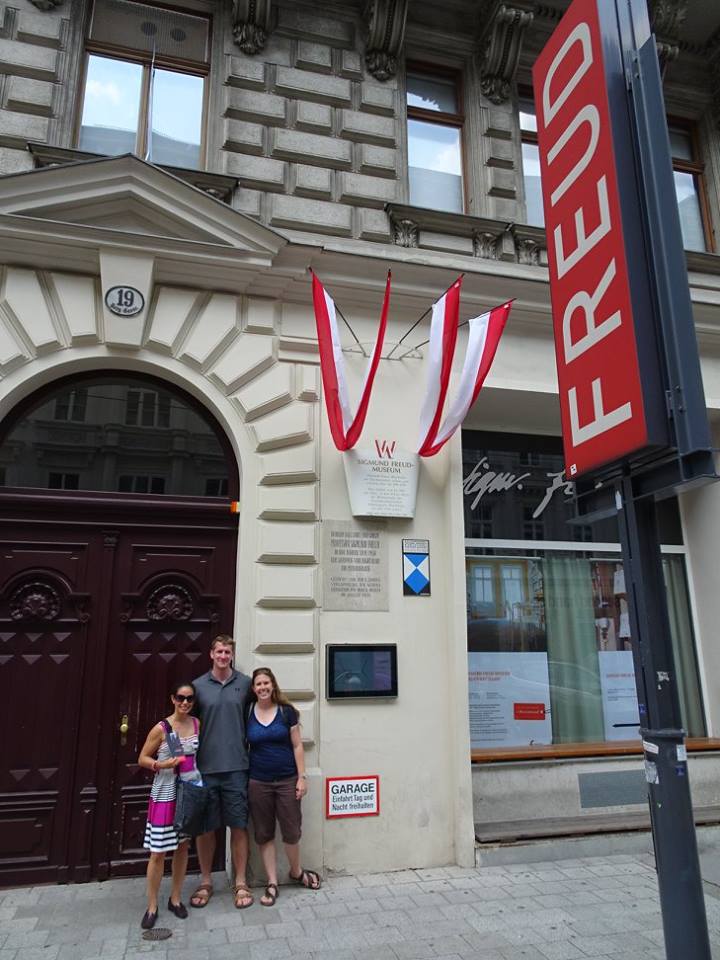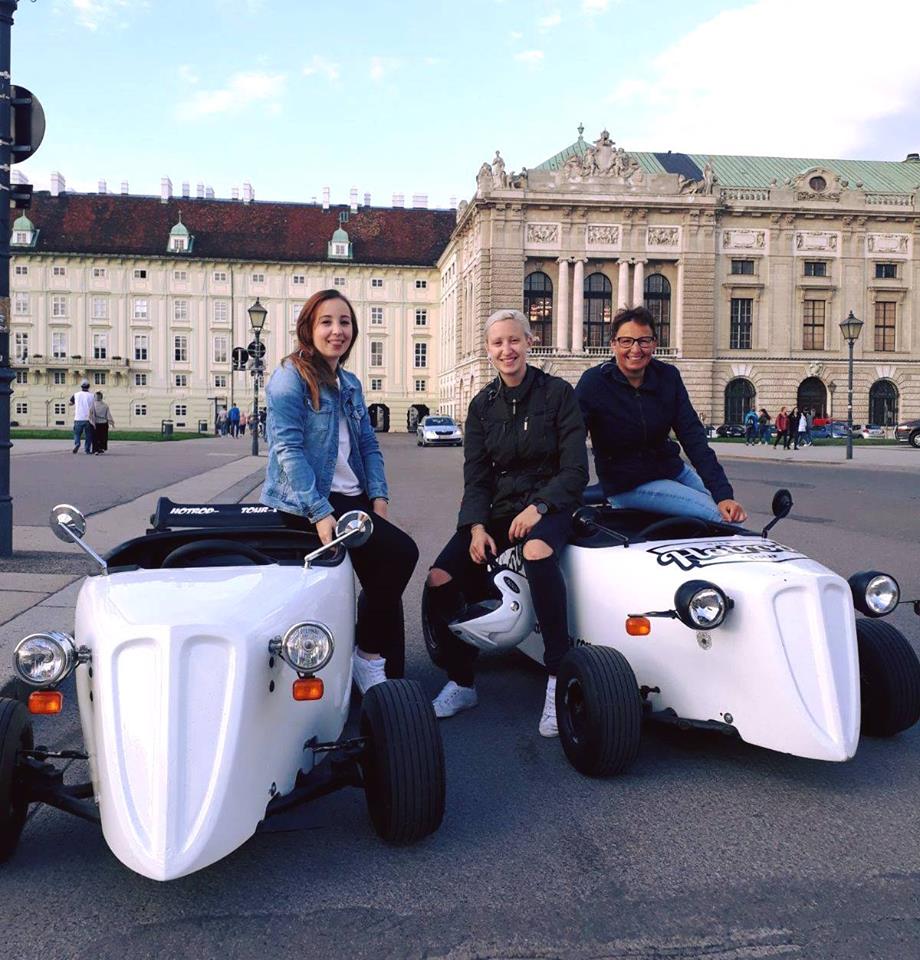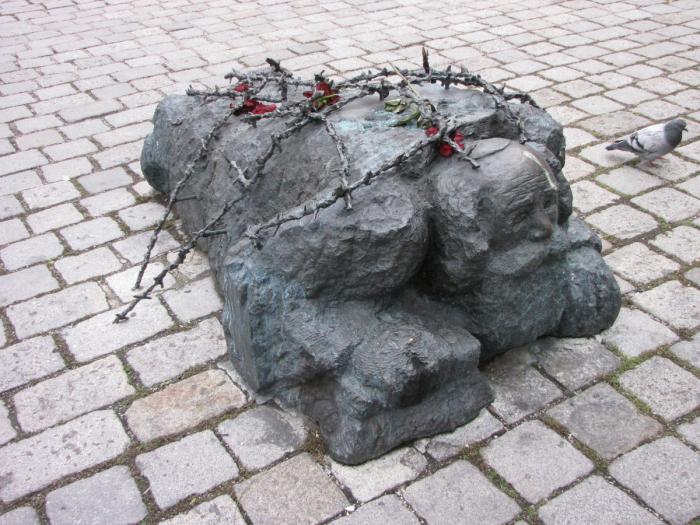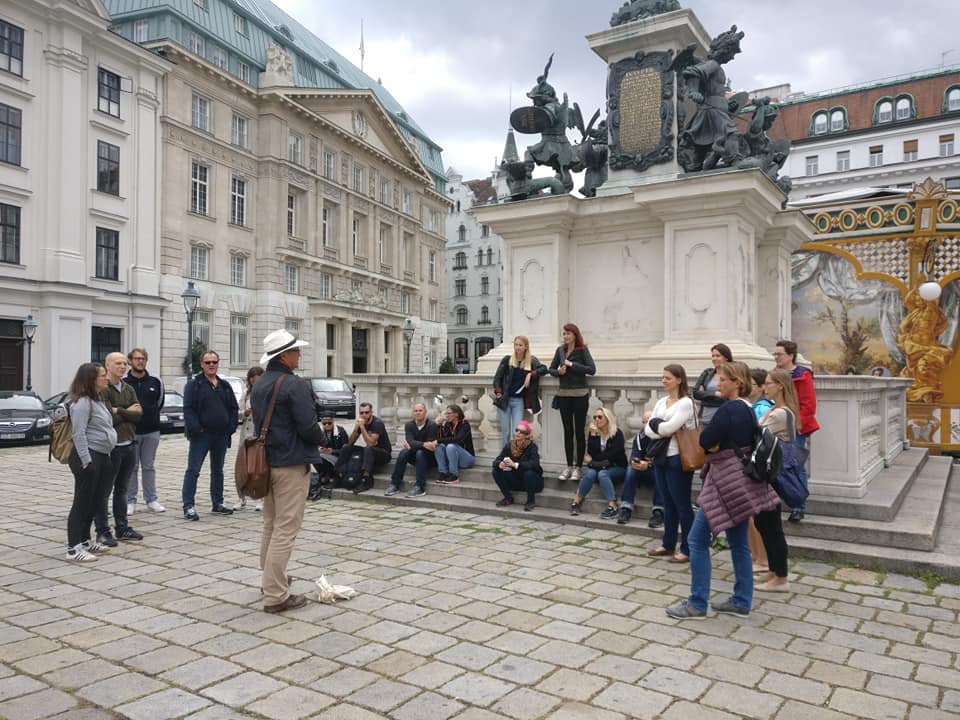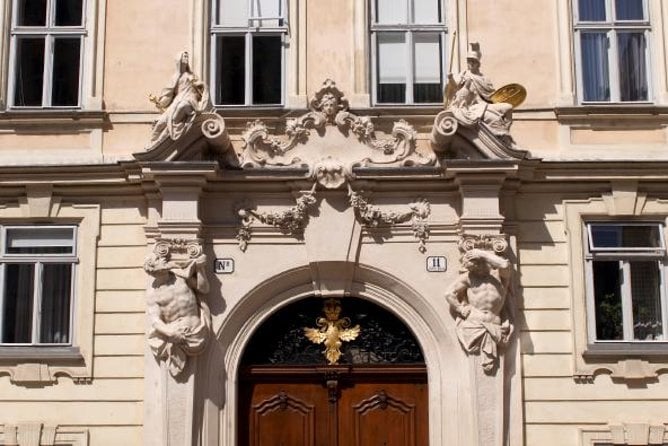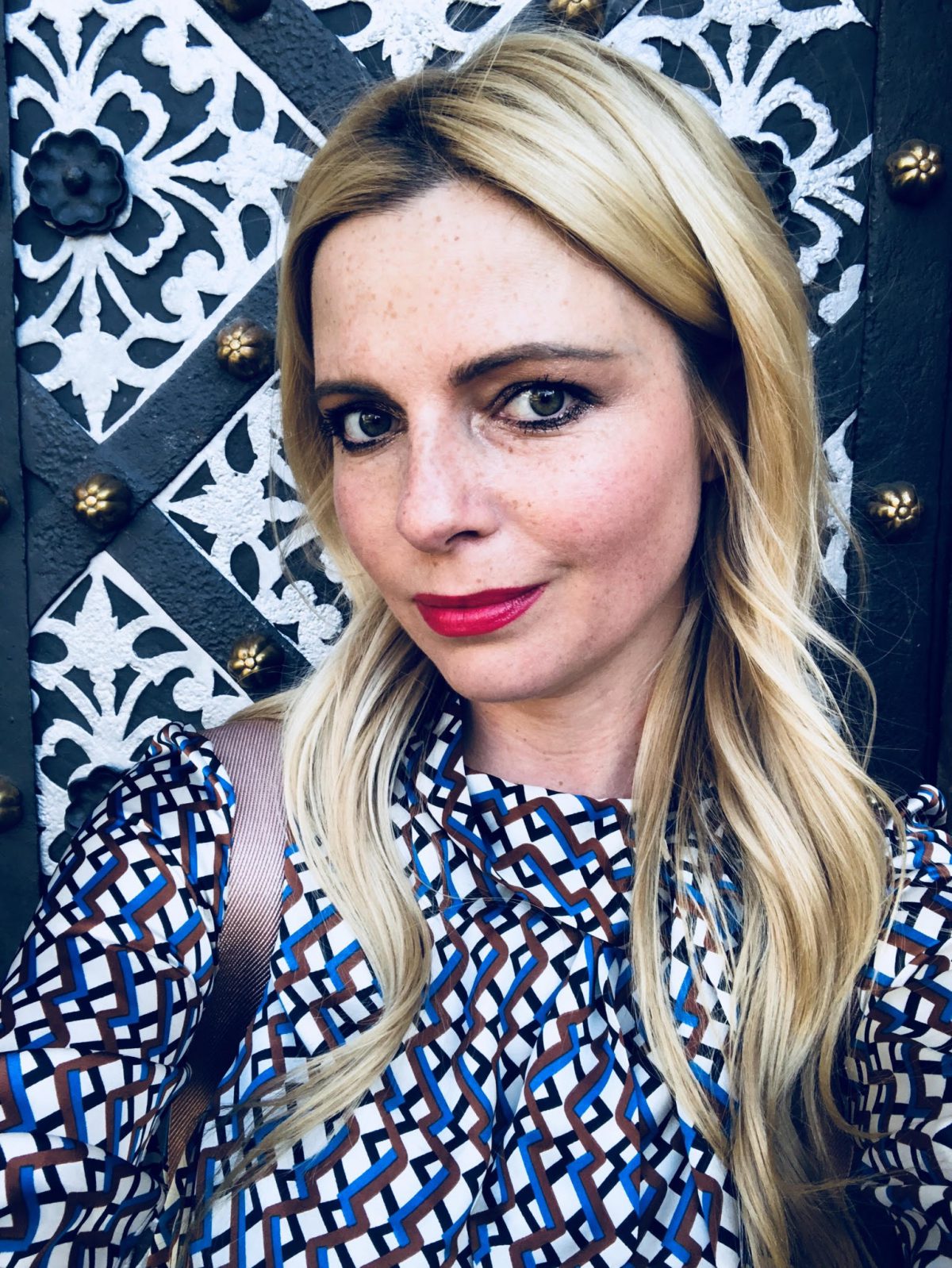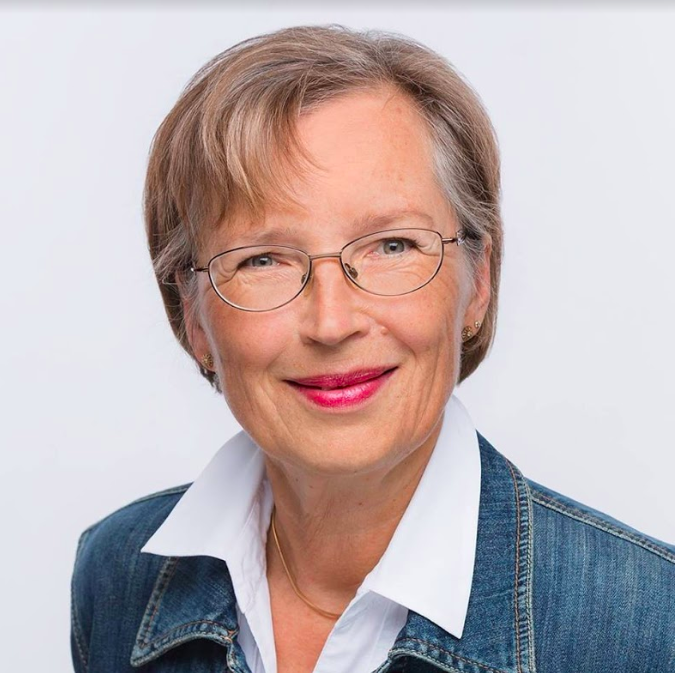What began as a few thousands walking down Riverside Drive, NY in honor of the youthful State of Israel in 1965 has today become a massive parade of roughly 30,000 participants marching down Fifth Avenue in celebration and solidarity.
Archives: Directory listings
Directory listings
New York’s Hidden Jewish Gems
New York, New York- a city that doesn’t sleep, as Frank Sinatra calls it. The opportunities of what to do are far from few, many of which you might not have known existed! New York has many cultural Jewish gems– some obvious, some tasty, and some hidden to only the most observant and curious. Go: explore and discover the city of immigrants, food, and history. We promise you won’t be disappointed.
Lower East Side Conservancy
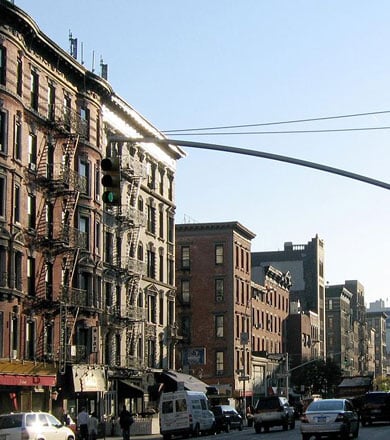
New York’s Lower East Side was once the place to be for new arrivals to America, being both its most famous immigrant neighborhood and the birthplace of the American-Jewish community. It’s a living, breathing historical and cultural Jewish gem, and still boasts an active community today.
The Lower East Side Jewish Conservancy is an organization which preserves, shares, and celebrates this heritage across the 32-blocks, designated as a historic district. You’ll be hard pressed not to find what you’re looking for- there are numerous synagogues, restaurants, and museums to keep everyone happy and interested.
Hebrew Free Burial Association
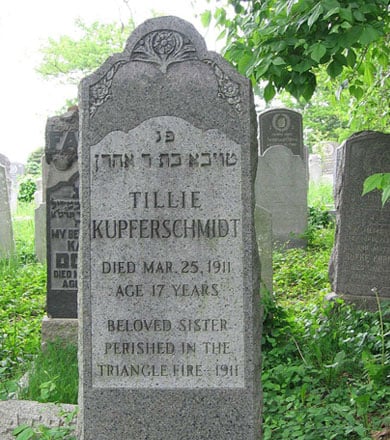
What do Mel Brooks’ grandparents and Jewish inmates of Rikers Island have in common? Both have been buried by the Hebrew Free Burial Association (HFBA).
As its name suggests, the HFBA bury Jewish New Yorkers for free; it’s the largest free burial society outside of Israel. The organization is cross-denominational, working to ensure that recently deceased Jews of all persuasions are given a full Jewish burial, in line with Jewish law. The HFBA is a reflection of modern 20th-century history, burying mainly locals from the immigrant and current community. They’ve also buried Jewish victims of World War II, and the Spanish American War, shipping bodies back from as far away as Manila and New Guinea.
Tenement Museum
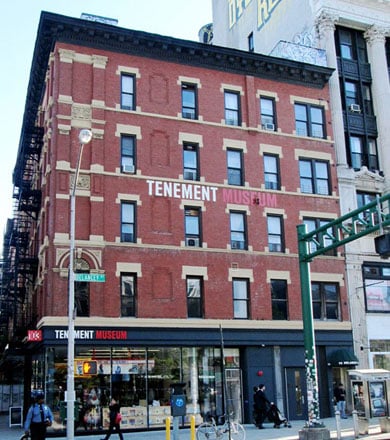
While not strictly a ‘hidden’ gem, the Tenement Museum is still a fascinating insight into Jewish new Yorker lifestyles. The action takes place on the Lower East Side (you’re beginning to see a theme here, right?), or 97 Orchard Street, to be precise, which was home to a mind-boggling 7000 working class immigrants.
Visitors can go on a guided tour around the building and around the neighborhood, recreating 19th-20th-century immigrant life. There are also a range of other activities, known as ‘Tenement Talks’: free readings, discussions, performances, and screenings about New York‘s history, population, and culture.
Congregation Ohab Zeded
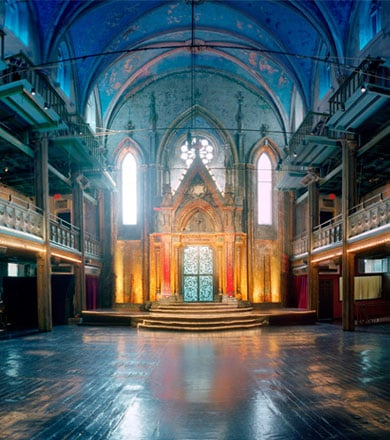
Known formally as ‘The First Hungarian Congregation Ohab Zedek’, the synagogue has, like most of its congregants, schlepped to various places across the city: established on the Lower East Side, before moving to Norfolk Street, then Harlem, it has settled (and stayed put) at its current location (118 West 95th Street). Harking back to other areas of Jewish history (and entry of our blog!) it is built in a striking Spanish-Moorish style. On an important side-note, it’s also well-known for attracting large numbers of Orthodox Jewish singles. They say Orthodox Jewish dating in New York is tricky, alas here’s the solution!
Yonah Schimmel Knish Bakery
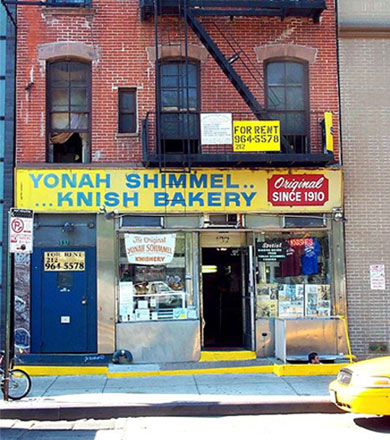
It would be impossible to use ‘Jews’ and ‘New York’ in one breath without coming to the obvious common denominator– food! With the slogan, ‘One world. One taste. One knish. That’s it!’ and the claim to produce ‘The World’s Finest Knishes’, Yonah Schimmel’s knishes are something that you just have to try for yourself.
He has perfected his knishes since opening in 1910. What are knishes you ask? They’re a fried roll of dough, stuffed with various fillings – such as meat, kasha, or potato. We recommend you discover them for yourself.
Congregation Shearith Israel
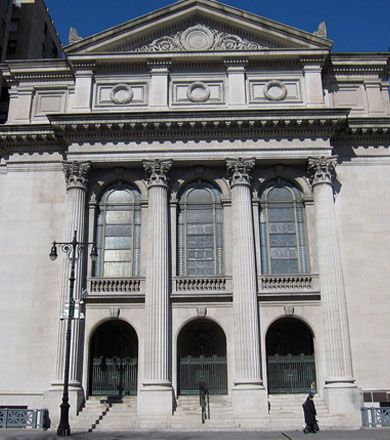
Although we usually associate Jewish New York with typically Ashkenazi things, such as bagels and Woody Allen, it turns out that the first Jews in New York were actually Sephardim (yes, we are being serious)!
Congregation Shearith Israel (also known as ‘The Spanish and Portuguese Synagogue’) is the oldest in the US, dating back to 1654. Like the Sephardim, the congregation was forced to migrate around New York, before finally settling in its present-day West 70th Street location. It’s also the official birthplace of the Orthodox Union (and the infamous OU logo). For its history and some of its famous members (including three gunsa macher Judges), this synagogue begs a visit.
Triangle Fire
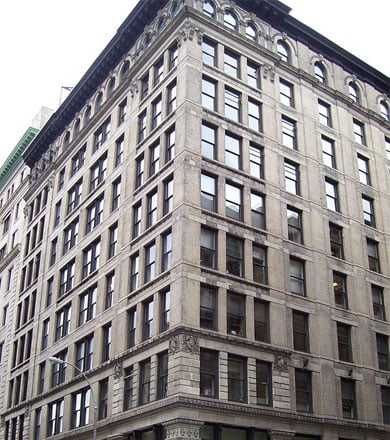
The deadliest disaster to strike New York until the 9/11 attacks 90 years later, the Triangle Shirtwaist Factory disaster is important for many reasons. The Brown Building stands as a monument to the 146 Jewish and Italian immigrants killed by a massive fire and locked doors, and is both a National Historic Landmark and a New York City Landmark. Most of the Jewish victims were buried in the Hebrew Free Burial Cemetery (another entry on our list) with tombstones referring to the fire. For a modern memorial, time your visit with ‘Chalk’, an annual project by local New York filmmaker Ruth Sergel, where local artists walk across the city, chalking the names and ages of the victims onto their former homes.
Guss’ Pickles
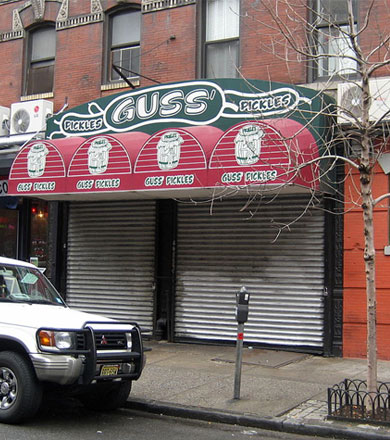
Much like his pickles, Guss’ backstory makes for a vibrant, and enticing read. Izzy Guss arrived from Europe over 100 years ago, selling pickles ‘old country’ style from his, now legendary, pickle stand in the Lower East Side. His pickles have become a symbol of New York itself according to the official slogan, ‘Imitated but never duplicated’.
They’re one of a kind, and are indeed world famous – they’re now even available in supermarkets. For the real deal and to sample delights such as the Guss Sour, Guss Sour Tomato, or even the Guss Sauerkraut, visit the original site, for a pickle ‘prepared with love like in the good old days’.
Spanish Portuguese Cemeteries
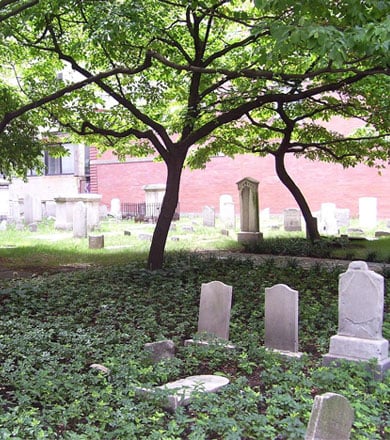
Three hidden away Jewish cemeteries, one tucked behind a block of condos in the middle of Manhattan; the other two further downtown, are the legacy of North America’s oldest Jewish congregation, Shearith Israel (also featured on our list).
The first, in Chinatown, is the oldest Jewish cemetery in North America and hosts the final resting places of 22 American Revolution veterans and the first American-born rabbi. The second, amongst Greenwich Village townhouses, still has twenty headstones standing. The third cemetery is just off 21st and 6th Avenue, with 250 graves (some still legible), and is perhaps the most picturesque and evocative of a bygone era.
Emma Lazarus plaque, Battery Park
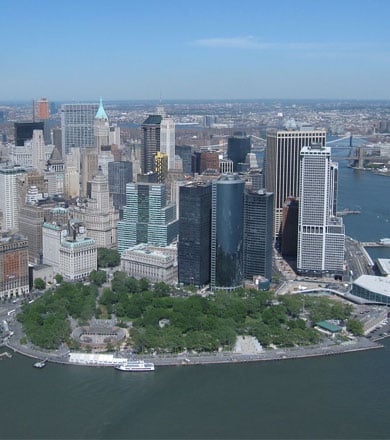
Battery Park is synonymous with New York’s immigrant past, but did you know that this impression is largely due to a plaque inscribed on Lady Liberty? Emma Lazarus, a famous American-Jewish
poet, wrote her 1883 sonnet ‘The New Colossus’, to celebrate America as the land of freedom and destination for the ‘huddled masses yearning to be free’– amongst them, her fellow Jews. Part of the poem is inscribed and mounted onto the Statue of Liberty, dedicated in 1955 to New York City. As if that wasn’t Jewish enough, the plaque itself is set in a stone gifted from the State of Israel to the Sisterhood of the Spanish and Portuguese synagogues (another entry on our list).
Israel’s Top 10 Ethnic Restaurants
Looking to tantalize your taste buds? Look no further! Israel’s Top 10 Ethnic Restaurants are sure to get your appetite going, whether you are looking for meal suggestions or just want to try something new this blog has something in it for everyone. From Persian delicacies in Tel Aviv, via eastern European feasts in Haifa to Moroccan meals in Beer Sheva, we recommend you try them all!
Ha’Sabich Shel Ovad, Givatayim
At number 2 is Ha’Sabich Shel Ovad – or translated, THE Ovad’s Sabich. Whether the ‘The’ refers to owner Ovad or the sabich sandwich (pitta with aubergine, hard-boiled eggs, salads and tahnini), both are infamous and classically Israeli with a fresh, modern twist. Make the schlep to Givatayim and you won’t regret it; we’ll bet that this is the best sabich you’ll find across not only Israel but the middle east and the world.
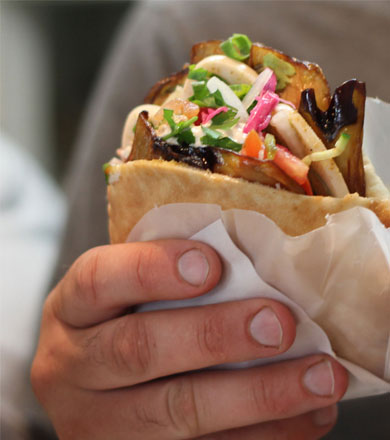
Kebab Emuna, Beer Sheva
Since 1958, hidden away in Israel’s desert south, lies the legendary True Kebab. No, really – Kebab Emuna translated is ‘True Kebab’. Go for the Iraqi kebab; stay for the colorful and plentiful salads served alongside. And to tell people you’ve discovered the one, the only, the ‘True Kebab’.
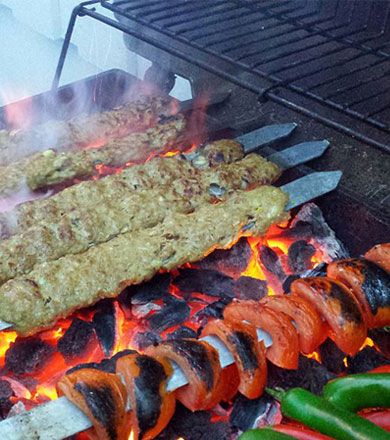
Azura, Jerusalem
As the sun rises over Jerusalem, the smell of traditional Iraqi and Kurdish food escapes onto the street. If you’re craving homemade sofrita or kubbeh soup, both Iraqi-Kurdish delicacies, or just curious, this is your stop. Much like the other attractions in central Jerusalem, the food is unmissable and it’s best to arrive early to get a seat.
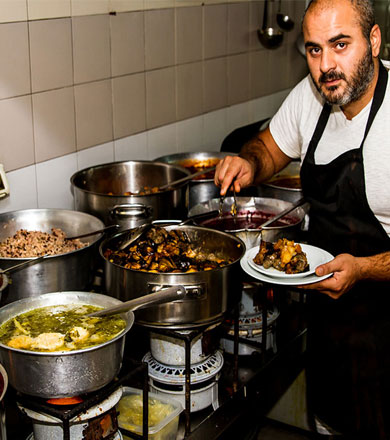
Maayan Ha’Bira, Haifa
Haifa is famous for the Baha’i gardens, Elijah’s Cave and Maayan Habira. Whether you’re after a beer and a buzzing atmosphere or some of its famous chopped liver (so what if it’s better than your mom’s? We won’t tell), it’s the place to be. Make it a Tuesday night to hear some legendary live jazz.
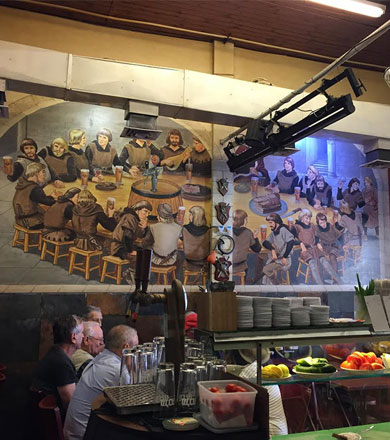
Café Glida Yonek, Haifa
Or, if you’re after rival Eastern European Haifa-based cuisine, Café Glida Yonek’s Romanian kebabs (made with a closely guarded top secret recipe) are to die for, as are their various, carefully prepared steaks. Its authentic atmosphere will be a certain trip highlight.
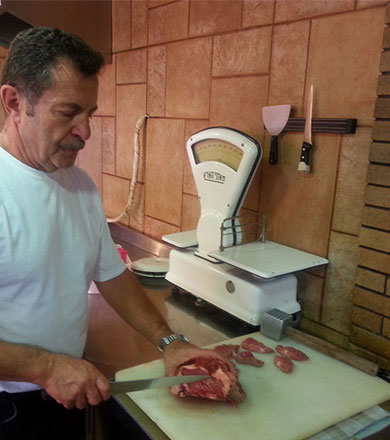
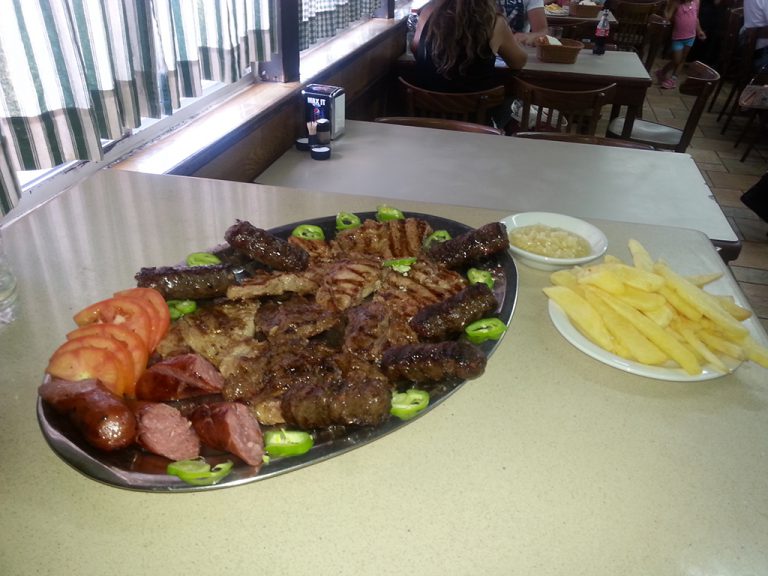
Salimi, Tel Aviv
Take a break from the Tel Aviv market at Salimi, the Persian restaurant around the corner. Off the tourist track (no flashing cameras and Hawaiian shirts here, please) you’ll eat some of the most appetizing and carefully selected gourmet grilled food. Your best bet is the Sabzi, a rich, herb-based soup, or their famous gondi dish, also known as the Iranian matzoh ball. It’s just what you need to prepare for a second round of hard bargaining.
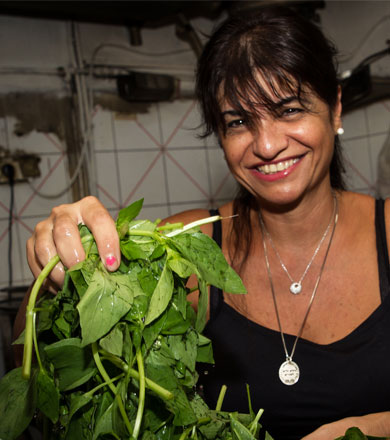
Ha’Kosem, Tel Aviv
Ah, falafel – similar to other items on our list, a trigger for heated debate amongst Israelis. Tel Aviv’s Eric Rosenthal – nicknamed ‘The Magician’, he’s just that good – has made traditional Israeli fare into a highly-regarded art form, starting with his infamous gourmet falafel. Not up for it? There’s also shawarma, sabich, and shakshuka to tempt you.
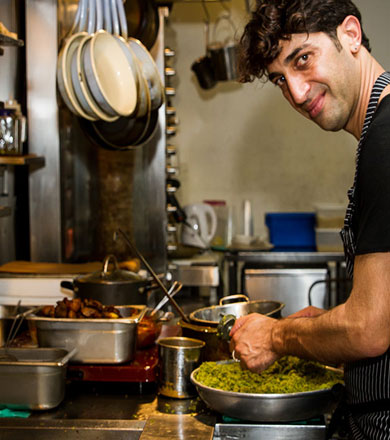
Chacho, Netanya
In a city well-known for its large French and Russian populations, it’s strange to think that at the top of our list is Netanya’s very own, erm, Libyan restaurant.
Yes, you read that correctly – for over 40 years, the Vatori family have fed the European hordes their epic North African offerings, with sumptuous stews overnight on a kerosene stove, or freshly grilled meat with a side of couscous. Don’t like what’s on offer? Come back tomorrow – the menu changes frequently, keeping wannabe patrons on their toes.
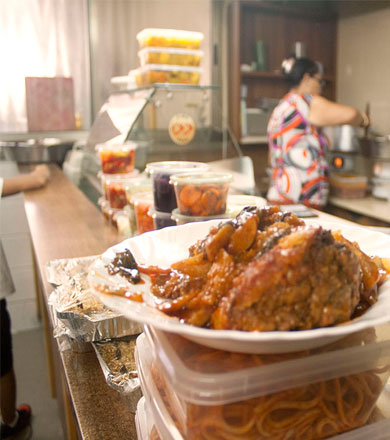
Yakuta, Beer Sheva
Picky eaters – here’s one for you! Well, if you like North African food, that is. If you do, then Yakuta, in Beer Sheva, will personalize your dish to just the way you want it. Our pick is the delicious, authentically-Morrocan tagine, served in an earthenware pot. There’s also a huge menu, so there’s something for even the fussiest.
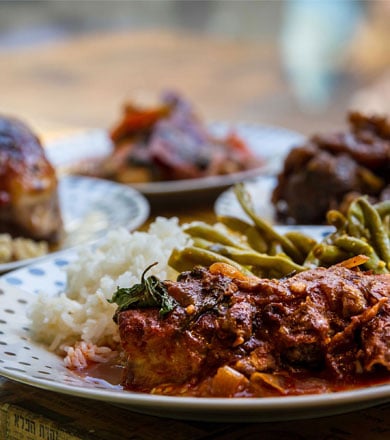
Morris, Jerusalem
Greek and Persian food is alive and well in the heart of Jerusalem at Morris, named after the owner who personally supervises the food being offered to his customers. There’s only the best on offer here – from a quick arak with friends, to classic, family-feeding Persian charcoaled grills. Whether it’s an entrecote steak, duck liver or skewered sweetbreads you’re craving, this is fusion cuisine at its finest.
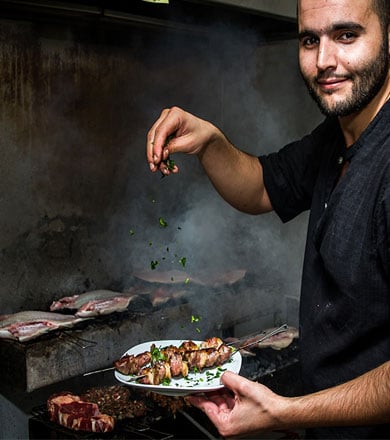
Sigmund Freud Tour
The Sigmund Freud Tour will take you through Sigmund Freud’s life and work in Vienna. You will see 20 important places and buildings that related to his life and will experience what it was like for him to work in the city. Sigmund Freud eventually left Vienna for London in 1938 when the fascist ideology took over. He spent a large part of his life in Vienna, therefore Freud’s spirit still lives on through memories, statues, buildings, and stories.
Schnitzel Tour
The Schnitzel Tour is mostly the same as the Hotrod Tour Wien company’s Daylight Tour with an additional schnitzel and potato salad snack stop at the Cafehaus Hofburg. On this tour you will see the top sites in the city and get to drive and travel in a hot rod vehicle. All participants must have a valid class B driving license and wear helmets, which are provided upon arrival. This tour gives you a unique way to travel through the streets of Vienna, explore the city’s top sites, and enjoy a delicious schnitzel.
Vienna Jewish Sites and History
The city of Vienna is filled with Jewish heritage and history. The Jewish community in Vienna was thriving until 1938 when the German Wehrmacht occupation of Austria began. Jews were robbed of their properties, which then became either possessions of the state or were sold at extremely low prices. It didn’t matter if the man was a simple shoemaker or famous like Sigmund Freud, all Jews were persecuted, and for this reason 140,000 Austrian Jews fled the country. The 65,000 who could not escape were killed.
On this tour, you will hear stories of the once flourishing Jewish community, learn about events that led up to the Holocaust, and hear about the current status of Vienna’s Jewish population. The tour will cover the Museum at Judenplatz, the Holocaust Memorial at Judenplatz, the Memorial against War and Fascism at Albertinaplatz, and the spot where Hitler announced the Anschluss in 1938. You will also have the opportunity to see the only synagogue in the city that was not destroyed during the “Reichskristallnacht.” This tour will take you back in time and help you understand the full history of Jews in Vienna.
Vienna’s Top Ten and Their Secrets
Vienna is undoubtedly a beautiful city. With its cathedrals, palaces, and traditional coffeehouses, it’s easy to see the city’s majesty and charm. However, there is so much more beneath the surface, a secret beauty just waiting to be shared with the world. Vienna’s Top Ten and Their Secrets is a sightseeing tour catered to take you to the places that not even all the locals know about. You will discover a new beauty in Vienna while seeing the best of Austria’s capital city.
Jewish Vienna and Holocaust Memorial
This tour allows you to dive into the Jewish heritage and history of Vienna on a leisurely 2-hour walking tour. You will explore the Jewish Textile Quarter and see the Judenplatz Holocaust Memorial in the central square of Morzinplatz, where you will hear stories about the Viennese Jewish community.
The tour begins in central Vienna, near Stephansplatz. From there you will walk to the central square of Morzinplatz to hear about the Gestapo and his influence in Vienna. Here, you will be able to see the memorial which was built in honor of the Jewish residents who were imprisoned during World War II.
Your guide will lead you through the Jewish Quarter all the way to the Judenplatz Holocaust Memorial, a memorial designed by artist Rachel Whiteread and known as the Nameless Library. This memorial is dedicated to the 65,000 Austrian Jews that were killed during the Holocaust.
The tour ends in Judenplatz where you can continue exploring the area, or visit the Jewish Museum nearby.
Karyna Tymoshenko
Karyna left her marketing job to follow her dream of becoming a full-time tour guide. Ever since moving to Vienna from the Ukraine thirteen years ago, she has been in love with the history and culture of Vienna. Even in the most hidden spots around the city, there is meaning and Karyna set out to discover the meaning and history of all the sites, streets, and alleyways that were around her.
She loves learning about the conflict and history that shaped Vienna into the city it is today, but even more than that, she loves being able to share that knowledge with the people around her. Her tours range from classic tours for those wanting a broad introduction of the city to specialty tours that dig into urban life, or the history of cinema in Vienna. Then there are surprise tours that can be arranged for those who might not know exactly what they want, but do know what they are not interested in. Karyna helps people discover Vienna and fall in love with the city in the same way she did.
Gertrude
Gertrude will take you by bus, minicar, or tram to not only the city’s top sites, but also to the hidden streets, which hold just as much history as St. Stephen’s Cathedral. She will tell you stories as far back as the Roman era and explain how the rest of Europe had an influence on Vienna’s culture and population. For over 20 years, she has led tourists throughout the city, helping them to feel at home during their stay in Vienna.
You can choose to focus on Vienna’s Jewish history, Sigmund Freud, famous women figures, music, or do a full city tour to hit the top sites and historical locations. There is so much history to learn and sites to see in Vienna. Gertrude will help you to see it all and make the most of your time in this beautiful city.
